-
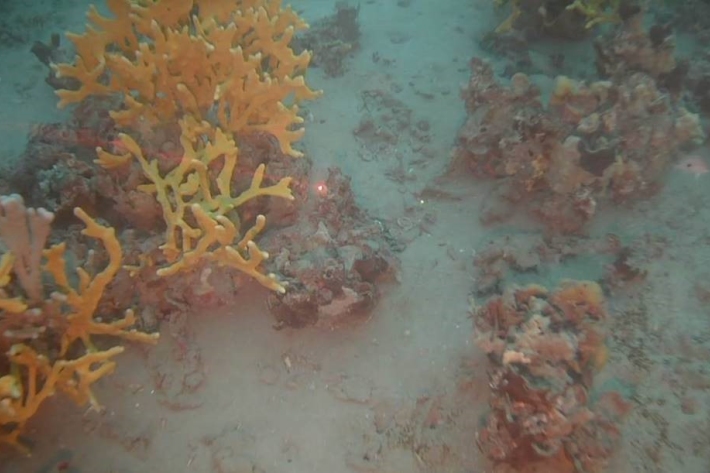
Researchers on hunt for fish nurseries
Media release07 August 2020NIWA researchers are heading out from Tasman early next week to survey an area thought to be home to important juvenile fish nurseries. -

Squat lobster memoir hot off the press
Media release06 August 2020After a decade-long effort, NIWA’s latest Biodiversity Memoir has just rolled off the presses. Written by marine biologist Kareen Schnabel, the 350-page treatise presents everything we currently know about the different kinds of squat lobster living in New Zealand’s waters. -

Nameless nodes get new look from NIWA
Media release29 July 2020At the bottom of the Southern Ocean, near Cape Adare in East Antarctica, lies an undersea ridge which until this month was only known by its co-ordinates: -71.2132 latitude, 172.1649 longitude. -

What's in the water around Whakaari/White Island?
2020 - Bay of Plenty acoustics
-
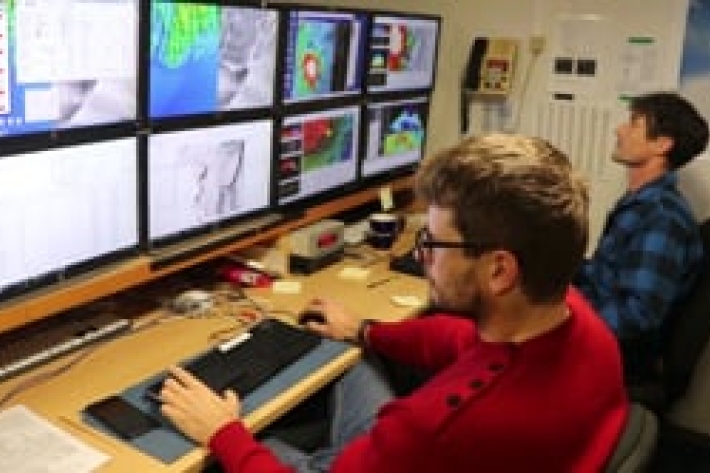
Can sound be used to characterise gas composition in the water column?
Underwater gas bubbles acoustic monitoring and seabed mapping around Whakaari Island -
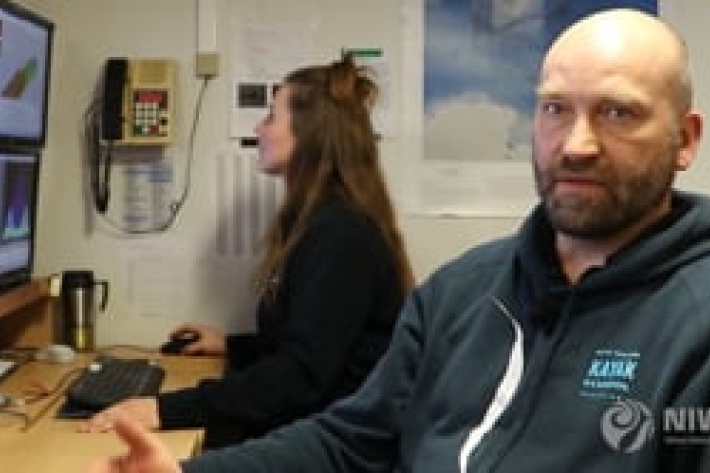
A flair for finding gas bubble flares
NIWA marine geologist Arne Pallentin is looking for telltale gas bubble 'flares"—using a multibeam echosounder—that indicate new volcanic activity in the Calypso Vent Field. -

Tracking our ocean wanderers
Feature story28 July 2020Albatrosses may be masters of the skies, but they are surprisingly vulnerable on the water. Campbell Gardiner talks to two scientists working to keep these magnificent seabirds airborne. -
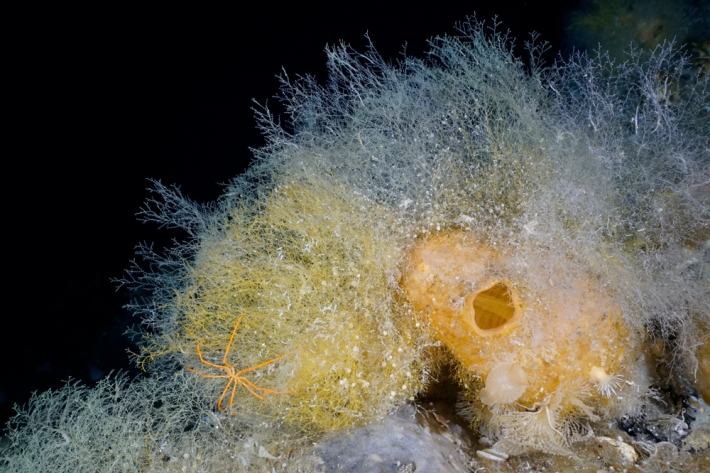
A cold day in the office
Feature story28 July 2020Five specialist NIWA divers were left ‘gasping’ during their recent plunge under the ice near Scott Base. -
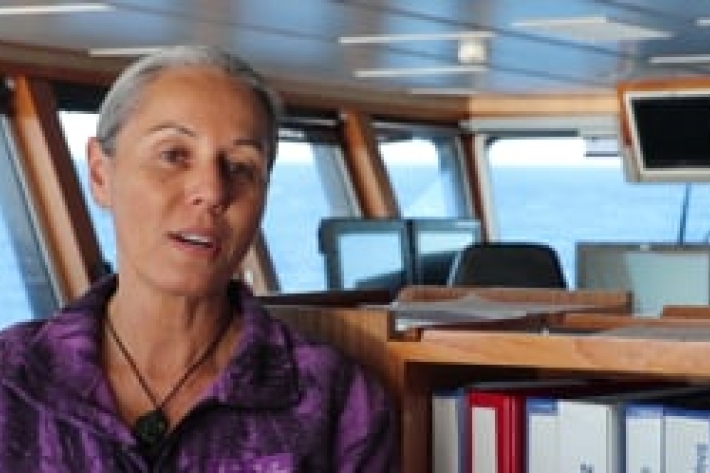
Dr Kura Paul-Burke returns to Whakaari
"For us, Whakaari is our whaea, she is our tupuna, and also a place of our mahinga kai. I didn't realise how much I'd missed her..." -
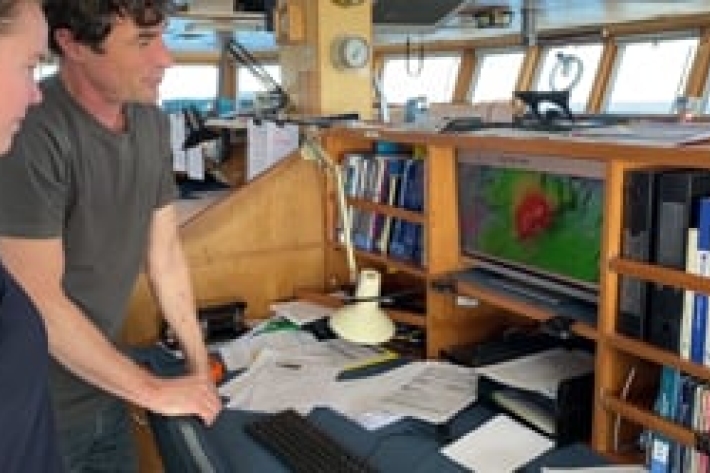
Using sound to see what's happening geologically
Marine geologist - Dr Joshu Mountjoy - is mapping the seafloor landscape around Whakaari/White Island to understand how much sediment was dislodged in the eruption and where it has gone. -
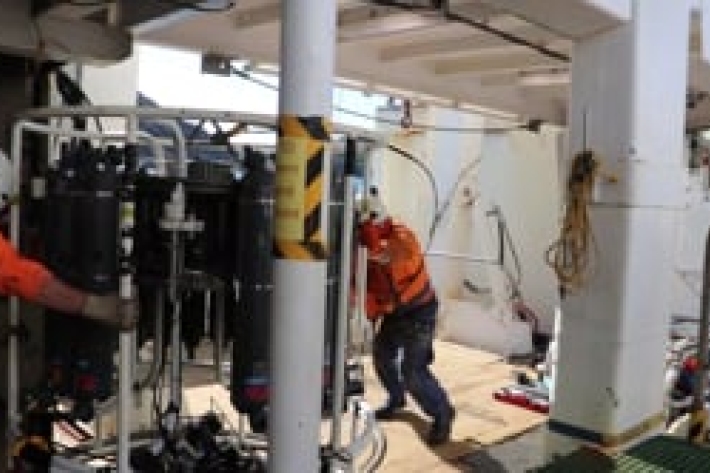
What's in a bubble?
Marine Geophysicist Sally Watson, maps the seafloor and takes samples from the water column so we can understand geological processes shaping the volcanic underwater realm around Whakaari/White Island. -
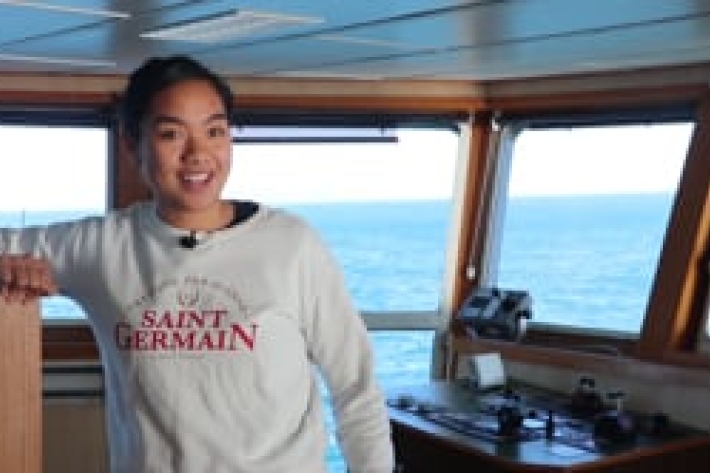
A special day on RV Tangaroa
It's a special day on RV Tangaroa today - celebrating the Whakatāne High School ball with student Cameron Phillips, one of two Te Rūnanga o Ngāti Awa taiohi on board.

